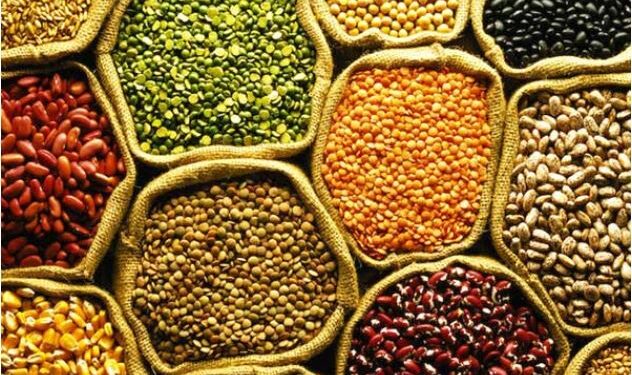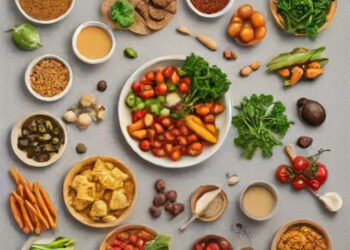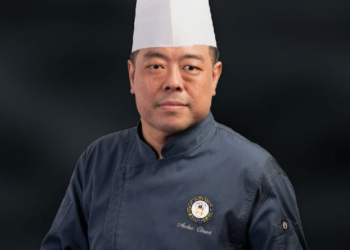-Ayshwaria Lakshmi
Although they are called grains, the super crop Millets are variably small-seeded grass with a grain-like consistency, broadly grown around the world as cereal crops or grains for human consumption. Today, a lot of efforts are being put to increase the demand of Millets in India and the rest of the world, including changing the mindset of the people to develop a healthy diet by including them in daily consumption. Many recipes with Millets as the base have been floating around too. Researchers mention that Millet is fibrous in content, has magnesium, Niacin (Vitamin B3), is gluten-free and has high protein content along with good sources of important nutrients like copper, manganese, phosphorus, and magnesium. There are different types of Millets available in the market like Bajra, Jowar & Ragi which are major energy sources and staple food for people living in the dry and arid regions of the world. Millets are largely consumed while fasting by the Hindus and one of the renowned festivals is Janmashtami, which witnesses major demand.
Janmashtami is one of the most widely celebrated festivals of the Indian subcontinent. A special Prasad is prepared on this religious day as offering to Lord Krishna. It marks the birth of Lord Krishna on earth. The festival has a fond association with food as Lord Krishna loved good food, festive celebrations involve fasting and preparing special food preferred by the much-loved God.
Prakash Kumar Executive Chef, The Woodrose says, over a period of time, the eating habits have drastically changed and Millets started disappearing from the diet. However, awareness about the importance of Millets is now gaining momentum along with the campaign on traditional grains. In Tamil Nadu’s village, people call Millets as Pasithangi (we will not feel hungry and tired for a considerable amount of time after eating the dishes made of Millets). In a way, consuming Millets is more advantageous, compared to rice, especially polished rice, Millets release a lower percentage of glucose and keeps one satiated for a longer duration of time. Millets have a greater amount of minerals like iron, magnesium, phosphorous, tryptophan, phosphorus, fibre, B vitamins, antioxidants, and potassium. For the Millet-based products, the right amount of ingredients used in preparing it is very necessary. The dish should be perfectly balanced in terms of nutrients. For example, with Ragi – the finger Millet can be cooked with onions and few Drumstick leaves will balance the taste. On the other hand, Barnyard Millet can be cooked with coconut milk, onion and cumin seeds as it will balance the nutrients and taste, if not prepared like this, it may lead to digestive problems.
Adding to this Yam Bahadur Thapa, Pan Asian Chef at Brigade Hospitality, says Millets have a lot of nutritional values like the ones mentioned above. Apart from its health benefits, they are environment-friendly; don’t consume much water to grow. These grains are popularly grown by the farmers in Northern and Southern India.
Chef Prakash elaborates, Hindus fast during the festivals especially like Janmashtami. The older generation, our grandparents and parents used to break their fast by eating Falhaal food, which included Millets based dishes. Consuming Millets makes one healthy, full, strong and won’t make you feel anaemic. The festive dishes like Amaranth khichdi, Amaranth Poori, Barnyard Khichdi, Kuttu ki Khichdi, provide good immunity to stay strong. Millets can replace rice in many of our standard festival dishes such as Payasam, Pongal, Halwa, Laddoos and many more.
On the other hand, Naresh Behera, Executive Sous Chef at Regent Club suggests having mixed fruits with overnight soaked Sabudana along with jaggery, crushed black pepper, tulsi leaves, and raisins while fasting as it helps to boost the immunity. For instance, Rava laddoo, Dry fruit ladoo, Besan laddoo, Rice kheer, Sabudana khichdi can be prepared in these festivals accompanied by well-soaked oats with hot milk and nuts. As they are rich in fibre, help strengthen our body, and enhance the immune system.
Also, Chef Thapa suggests during fast we can have curd, milk, dry fruits, fresh fruits/juices, if we add Millet with this dishes, it can boost immunity and can keep one satiated for a long time aiding to their healthy nutritional values in it.
These are the dishes of Millets that can be prepared during fasting this Janmashtami Mango MilletLassi, MilletMint cooler, MilletKhichidi, Millets with Dry fruits, Millets pudding, Milletki Kheer and many more.







